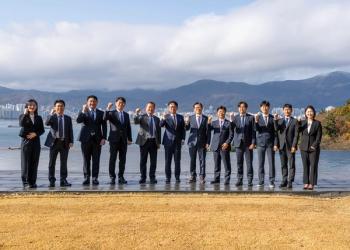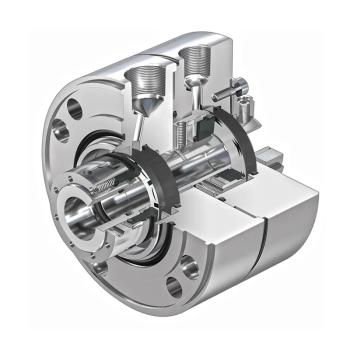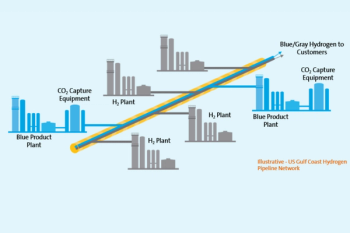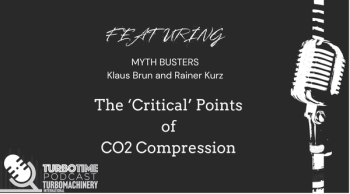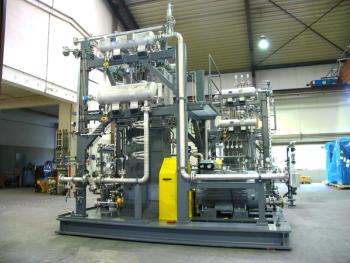
GE Vernova, YTLPowerSeraya Conduct Carbon-Capture Feasibility Study at Jurong Island
Key Takeaways
- GE Vernova and YTLPowerSeraya aim to retrofit a Singaporean gas turbine plant to capture 90% of CO2 emissions, enhancing efficiency and reducing costs.
- The project integrates H-class technology with post-combustion carbon capture, supported by exhaust gas recirculation, steam, and controls integration.
The plant’s post-combustion carbon-capture technology features exhaust gas recirculation, steam integration, and controls integration, reducing up to 90% of CO2 emissions.
GE Vernova and YTLPowerSeraya (YTLPS) will perform a
- Exhaust gas recirculation (EGR)
- Steam integration
- Controls integration
“GE Vernova’s carbon-capture assessment in Singapore proposes enhancements aimed at improving the carbon-capture process and reducing its impact on the power plant’s output, performance, and costs,” said Ramesh Singaram, President & CEO of GE Vernova's Gas Power, Asia Pacific. “GE Vernova will lead the full-scale integration with the goal of lowering the plant’s net carbon emissions. We remain committed to supporting the advancement of the region’s energy goals, working alongside carbon-capture players to support YTL PowerSeraya’s decarbonization efforts.”
Compared to bolt-on post-combustion carbon capture, GE Vernova’s enhanced system integration with EGR technology allows a gas power plant to operate more efficiently and cost-effectively, thus reducing overall plant size, CAPEX, and OPEX while improving the overall integrated plant performance. The plant will be powered by a 9HA.01 gas turbine, an STF-A650 steam turbine, a W88 generator, and a heat recovery steam generator.
In October 2024, Singapore’s Energy Market Authority (EMA) launched the Power Sector Carbon Capture and Storage Grant Call, which allowed the power industry to explore potential carbon-capture solutions to satisfy Singapore’s energy transition toward a lower-carbon economy. The EMA selected five projects on July 14, 2025, with the Jurong Island project successfully obtaining co-funding.
“We are enthusiastic that EMA awarded our 600-MW H-class combined-cycle power plant to study the integration of post-combustion carbon capture,” said John Ng, CEO of YTLPS. “Our participation in the GE Vernova-led study underscores our dedication to accelerating advanced solutions to potentially retrofit our power plant to achieve net zero emission, a vital step towards producing more sustainable energy for Singapore and our communities.”
Isaac Power Station
Last week, QPM Energy contracted GE Vernova to supply two LM6000 aeroderivative gas turbine packages for the
GE Vernova’s fuel-flexible aeroderivative gas turbines allow the plant to use QPM’s gas reserves and/or coal mine waste gas—containing at least 50% methane—collected during operation. The LM6000 is designed with high-cycling capability, providing power plant operators with the ability to start quickly and get on the grid. It can reach full power in approximately five minutes with a nominal ramp rate of around 30 MW/min, offering a fast primary frequency control response for improved grid support.
Also, LM6000 gas turbines are applicable to both peaking and baseload generation, in addition to grid firming operations, providing the flexibility to start and stop multiple times per day of required. With over 40 million operating hours and more than 1,300 units shipped, the LM6000 aeroderivative gas turbine operates in the 40 – 60 MW space.
Newsletter
Power your knowledge with the latest in turbine technology, engineering advances, and energy solutions—subscribe to Turbomachinery International today.

